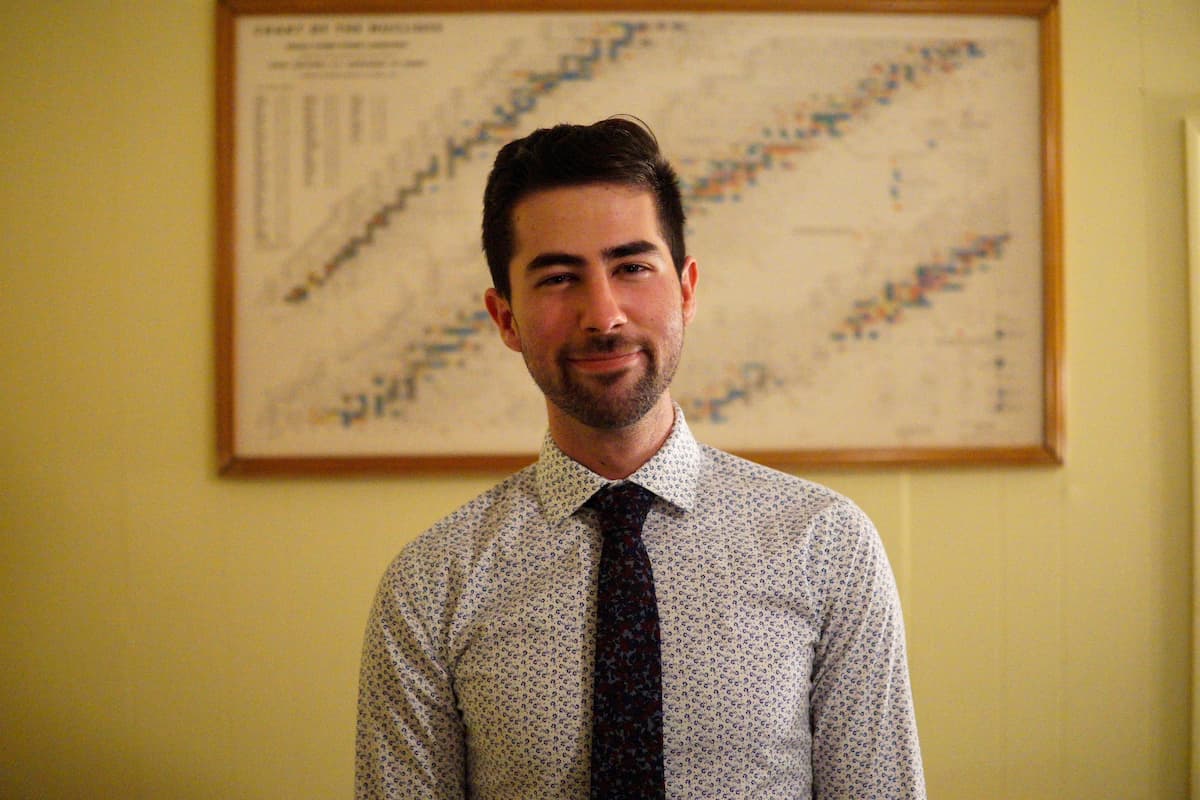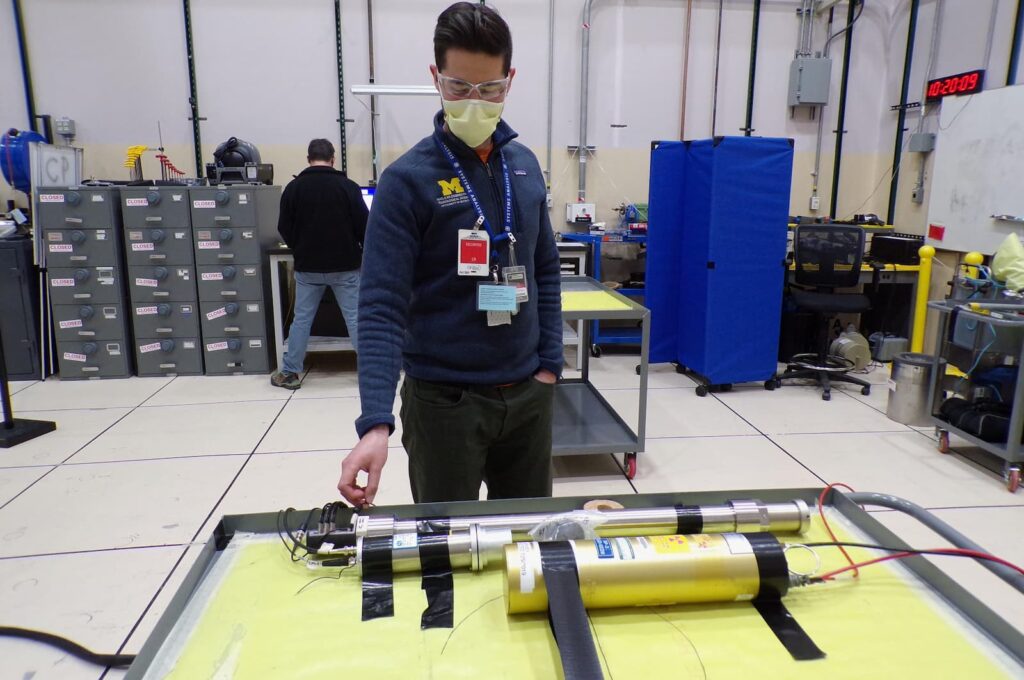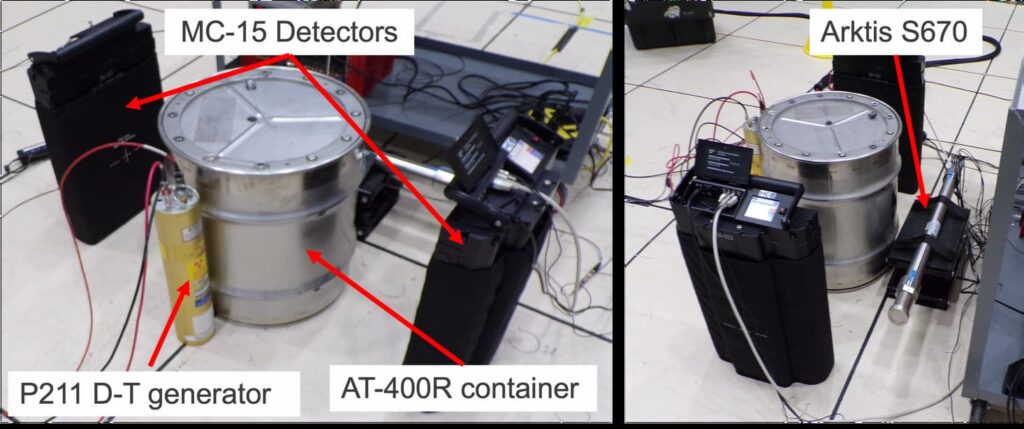
Oskar Searfus pioneers neutron signatures to safeguard thorium reactors
The NERS PhD student’s research was published in Physical Review Applied.

The NERS PhD student’s research was published in Physical Review Applied.
As global interest in advanced reactors utilizing thorium fuel cycles continues to grow, a critical challenge has emerged. The surge in popularity of these innovative reactors has outpaced the development of mature technology capable of performing nondestructive assay to effectively account for the presence of uranium-233—a key isotope produced in these reactors. Oskar Searfus, a PhD student in Prof. Igor Jovanovic’s group, addresses this challenge in a new paper published in Physical Review Applied.
Oskar’s research focuses on three advanced neutron signatures of uranium-233, with the ultimate goal of identifying and quantifying this isotope in thorium fuel cycle reactors. The first breakthrough is the passive fast neutron spectral signature. Compared to conventional uranium isotopes, uranium-233 emits alpha radiation at a much higher rate, producing a stronger spontaneous neutron signal. In his research, Oskar leverages this signature to identify the presence of U-233.
The second innovation is the use of differential-die away. By employing an external neutron generator to induce fission in U-233 with short pulses of neutrons, Oskar detects the resulting fast neutrons even after the generator is turned off. This method can identify the presence of U-233 or other fissile materials, even with the overwhelming gamma-ray background associated with U-232, another isotope produced in thorium reactors. Notably, this insensitivity to extreme gamma-ray environments is enabled by the use of a novel high-pressure helium-4 gaseous scintillation detector, which has been the central focus of Oskar’s PhD research.

The final technique involves measuring the delayed neutron signature of U-233. These delayed neutrons, emitted seconds to minutes after fission, offer a distinctive decay time profile that enables discrimination between U-233 and U-235, addressing a significant challenge in safeguarding thorium fuel cycles.
“The main challenge we are trying to address with this research is a matter of accountancy,” said Oskar. “Consider that you have a piece of gold jewelry which you want to appraise. In order to do this, you need to determine the composition and mass of the piece. You may use a scale to measure the mass, and take a small sample for chemical analysis to measure the composition. These two measurements in combination will determine the total gold content, in a similar way that the three measurements in my research help to determine the U-233 content of an unknown sample of uranium.”
In the future, these techniques to identify and quantify U-233 may play a pivotal role in verifying that thorium fuel cycle reactors are being used only for peaceful purposes.

“There is a tradition in Prof. Jovanovic’s group to publish novel neutron diagnostic methods in Physical Review Applied, so I am very happy that I am able to continue that tradition with this work,” said Oskar. “Thorium fuel cycles are a hot topic in the nuclear industry right now, so I’m glad to be able to shine some light on what can be done to ensure these new reactors are used for good.”
Oskar earned his bachelor’s degree in nuclear engineering from the University of New Mexico in 2020. His interest in radiation detection research was sparked during an internship at Sandia National Laboratories, leading him to pursue a PhD at the University of Michigan. Oskar received the Nuclear Nonproliferation International Safeguards fellowship in 2021 and has been conducting PhD research as an NNIS fellow at Sandia in Livermore, CA since the summer of 2022.
Throughout his time at NERS, Oskar has been actively engaged as a board member for the student chapters of INMM and IEEE-NPSS. Additionally, he has mentored several undergraduate students, both through the UROP program and informally.
Oskar anticipates graduating with his PhD in 2024 and has already accepted a staff position at Sandia after completing his studies. His trajectory exemplifies a commitment to advancing the field of nuclear engineering and making meaningful contributions to the future of energy.